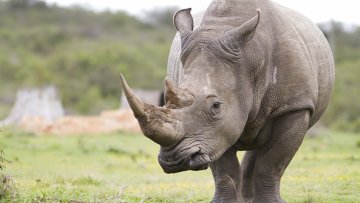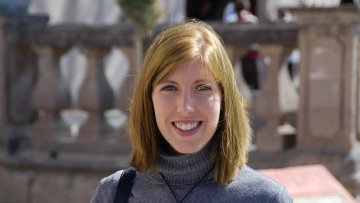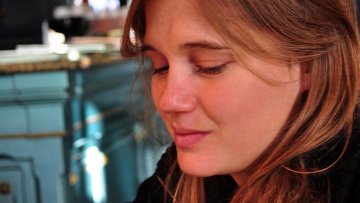(COW SEMINAR) Monodromy and derived equivalences
Abstract
This is will be a progress report on our long-ongoing joint work with Bezrukavnikov on lifting the monodromy of the quantum differential equation for symplectic resolutions to automorphisms of their derived categories of coherent sheaves. I will attempt to define the ingredient that go both into the problem and into its solution.





